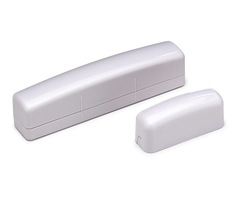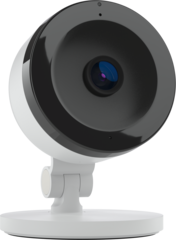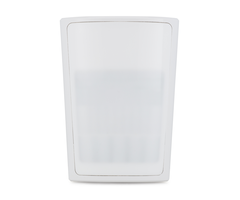The LTE-XA AT&T LTE Communicator for Honeywell VISTA is Here!
Posted By Michael GorisHi DIYers! We would like to announce that the Honeywell LTE-XA AT&T LTE Communicator for Honeywell VISTA Alarm Systems is now available for purchase on our website. This is the perfect solution for Honeywell VISTA users who are unable to get reliable Verizon LTE service in their area.
Alarm Grid already offers the LTE-XV for connecting a VISTA Panel to the Verizon LTE Network. But now, the LTE-XA Communicator presents users with an alternative option for getting their system monitored. This is very important for VISTA users who live in areas where Verizon service isn't the best. Now they will have the option of connecting with the AT&T LTE Network instead.
As an LTE communicator, the LTE-XA will provide fast transmission speeds and highly consistent communication with the AlarmNet360 servers. This communicator also allows the system to function with the Total Connect 2.0 service. A user can access this platform to arm and disarm their system, check the current status of sensors, control Z-Wave smart home devices and more. Please note that an appropriate alarm monitoring plan is needed.
Alarm Grid also offers the LTEXA-TC2 Upgrade Kit. This kit includes both the LTE-XA Communicator and the latest VISTA 15P and 20P PROM Chips for supporting the module. Any VISTA System that is not running firmware revision 9.12 or higher needs a PROM chip upgrade in order to be used with the Total Connect 2.0 service. With this kit, the system will receive the necessary upgrade, and it will obtain fast and reliable LTE communication from AT&T.
It is important to mention that there is currently no way to get dual-path (IP and cellular) communication on a VISTA System using LTE communication. Although dual-path is always the preferred option, a standalone LTE cellular radio will still provide consistent and reliable monitoring service for the user. And the user will receive the benefit of having the system remain monitored even as older cellular networks are slowly phased out. With LTE, a user is taking steps to future-proof their system.
Both the standalone LTE-XA Radio and the upgrade kit with PROM Chips are available now. Get your VISTA System connected for top-quality alarm monitoring services!





 The 5820L provides the same function as virtually any
The 5820L provides the same function as virtually any  A home security camera is exactly what it sounds like. It is a camera that captures footage inside the home for security purposes. Sure, you might capture some cute and heartwarming moments of your family on your security camera from time to time. But their real purpose is to keep you and your loved ones safe. In the previous scenario, a single camera could have provided police with a detailed physical description of the intruder. This can eventually lead to the arrest and conviction of the guilty party. Thanks to your camera, the police managed to take a dangerous criminal off the street, and your area is now safer as a result.
A home security camera is exactly what it sounds like. It is a camera that captures footage inside the home for security purposes. Sure, you might capture some cute and heartwarming moments of your family on your security camera from time to time. But their real purpose is to keep you and your loved ones safe. In the previous scenario, a single camera could have provided police with a detailed physical description of the intruder. This can eventually lead to the arrest and conviction of the guilty party. Thanks to your camera, the police managed to take a dangerous criminal off the street, and your area is now safer as a result. But there's another important reason to get security cameras for your home. Not every bad guy breaks into the home. As scary as it sounds, many burglars, vandals and even sex criminals works right under the nose of the homeowner. They can operate under the guise of a repair person or a cleaner or any trusted individual. Once inside, they can rob you of your belongings or perform disgusting acts that can leave you speechless. Just a few days ago,
But there's another important reason to get security cameras for your home. Not every bad guy breaks into the home. As scary as it sounds, many burglars, vandals and even sex criminals works right under the nose of the homeowner. They can operate under the guise of a repair person or a cleaner or any trusted individual. Once inside, they can rob you of your belongings or perform disgusting acts that can leave you speechless. Just a few days ago, 
